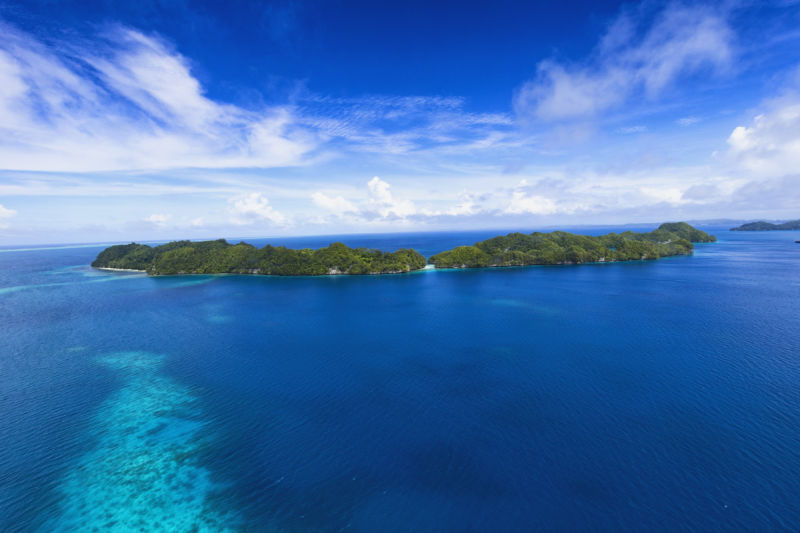How did humans settle the Pacific?
Ars Technica » Scientific Method 2016-11-05

Enlarge / Finding tiny islands like this didn't just require navigation skills; you had to know when to travel. (credit: US Air Force photo by Osakabe Yasuo/)
The prehistoric colonization of the remote Pacific was arguably the most ambitious migration in human history. Though there is archeological data available for the colonization of many of the major islands, there is still debate about where various settlers originated and the routes they may have used to reach habitable land.
A recent study published in PNAS harnesses the power of high resolution climatic and oceanographic datasets to argue that seasonal and semiannual weather changes were influential in structuring ancient Pacific voyaging. Based on this model, Samoa was the likely staging area for the colonization of east Polynesia, and the success of various colonization ventures to New Zealand and Easter Island depended heavily on the season.
The authors used a Seascape computerized model that randomly selected frequency-weighted monthly current and wind data collected by the US Navy’s Marine Climatic Atlas of the World. It combined these probabilistic weather patterns with the speeds for small seafaring vessels, although the precise type of ship used for various migrations is not known. The sailing patterns the model produced were combined with land distribution data to determine the most likely short-hop trajectories between islands. Trajectories started in the eastern Philippines and Solomon Islands.